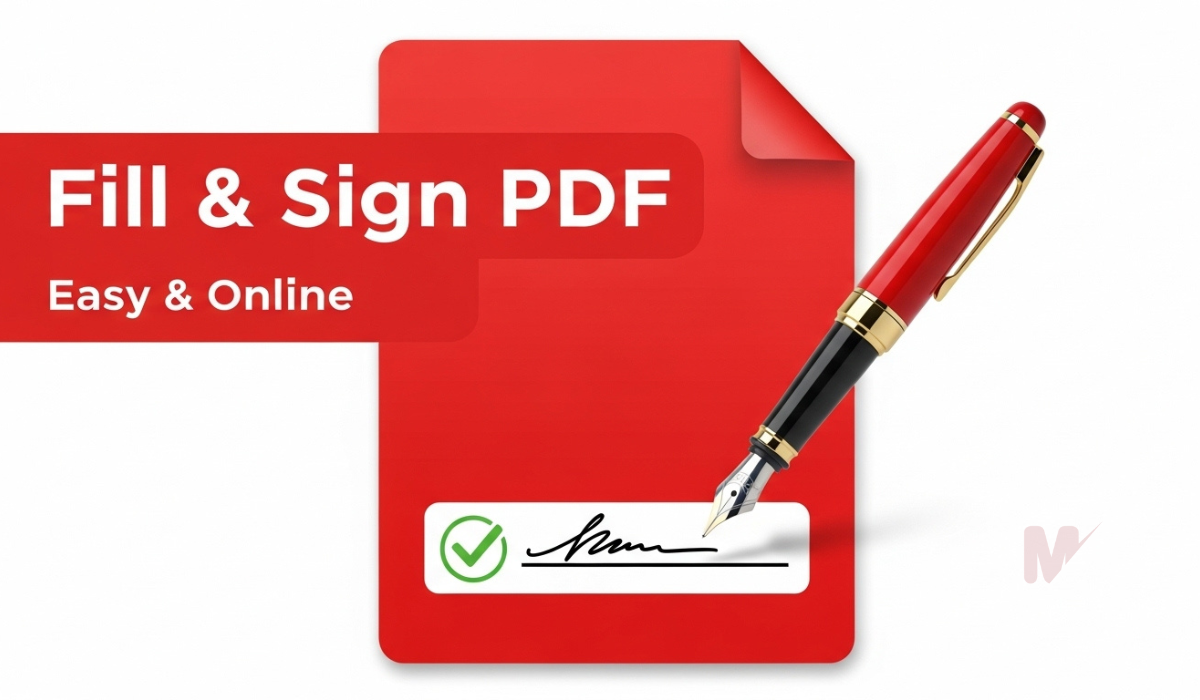SSL Certificate Checker
Enter a domain name to check its SSL certificate details.
How to Use an SSL Certificate Checker: A Complete Guide
In today’s digital age, website security is not just an option—it’s a necessity. One of the foundational elements of securing your website is installing an SSL certificate. However, simply installing it isn’t enough. You must regularly verify its status and details to avoid potential risks. That’s where an SSL Certificate Checker becomes essential.
This comprehensive guide will walk you through everything you need to know about using an SSL Certificate Checker, from what it is, why it’s crucial, and how to use it effectively.
🛡️ What Is an SSL Certificate?
An SSL (Secure Sockets Layer) certificate ensures that any data transmitted between a web browser and a server is encrypted and secure. It’s the small padlock you see before a website’s URL. It helps prevent data theft and assures your users that they’re browsing a trustworthy site.
But SSL certificates come with expiration dates, potential configuration errors, and trust-chain issues. This is why regularly checking them is vital for maintaining web security.
🔍 What Is an SSL Certificate Checker?
An SSL Certificate Checker is an online tool that analyzes a website’s SSL certificate. It provides key details such as:
- Certificate issuer
- Expiration date
- Validity status
- SSL chain of trust
- Protocols used (e.g., TLS 1.3)
- Vulnerability checks
By using an SSL Certificate Checker, website owners, developers, and SEO specialists can ensure their SSL certificate is active, valid, and configured correctly.
🚀 Why Use an SSL Certificate Checker?
There are several benefits to using an SSL Certificate Checker:
- Prevent Expiry Issues: SSL certificates usually expire within 1–2 years. An expired SSL leads to security warnings that can scare away visitors and hurt your SEO.
- Verify Installation: Ensure that your SSL certificate is installed correctly on your web server.
- Check for Vulnerabilities: Some checkers identify outdated protocols or weak cipher suites.
- Improve SEO: Google ranks HTTPS-enabled sites higher in search results.
- Build Trust: Users are more likely to trust a site with a valid and secure certificate.
🛠️ How to Use an SSL Certificate Checker – Step-by-Step Guide
Using an SSL Certificate Checker is simple and doesn’t require any technical background. Here’s how you can use one effectively:
Step 1: Access a Trusted SSL Certificate Checker Tool
Search for a reliable SSL Certificate Checker online. Some popular options include:
- SSL Labs (Qualys)
- SSL Checker by Namecheap
- Why No Padlock?
- SSLTools.com
Alternatively, many hosting providers offer built-in tools to verify SSL certificates.
Step 2: Enter the Website URL
In the search box of the tool, enter the full URL of the site you want to check, such as:
https://yourwebsite.com
Click on the “Check” or “Submit” button.
Step 3: Analyze the Results
The tool will generate a detailed report, often within seconds. Here’s what you should look for:
- Certificate Validity: The certificate should be active, not expired.
- Issuer Information: Confirm that the certificate is issued by a trusted Certificate Authority (CA).
- Expiry Date: Set calendar reminders to renew before the expiration.
- Chain of Trust: All intermediate and root certificates must be properly linked.
- Protocol and Cipher: Modern protocols like TLS 1.3 are preferred.
- Warnings or Errors: The tool will highlight any critical security issues.
Step 4: Take Action If Necessary
If the checker identifies problems, take corrective action immediately:
- Expired Certificate: Renew your SSL certificate through your hosting provider or CA.
- Incorrect Installation: Reconfigure the SSL settings on your server.
- Vulnerabilities Detected: Update the server software or consult your developer for fixes.
⚙️ Features to Look For in an SSL Certificate Checker
Not all tools are built the same. When choosing an SSL Certificate Checker, look for features like:
- Real-time Analysis: Provides live status updates.
- Support for Wildcard and Multi-domain SSLs: Ensures full coverage.
- Mobile Compatibility: Useful for quick checks on the go.
- Exportable Reports: Helps in documentation or audits.
- Visual Indicators: Color-coded warnings and success icons are easier to understand.
💡 Pro Tips for Better SSL Management
- Automate Renewals: Use auto-renewal options where possible to avoid expiration surprises.
- Schedule Regular Checks: Run an SSL Certificate Checker monthly or after server changes.
- Use HTTPS Site-wide: Apply SSL on all pages, not just login or checkout pages.
- Update Your Browser: Keep browsers up-to-date to support the latest SSL standards.
- Enable HSTS (HTTP Strict Transport Security): It forces browsers to use HTTPS, adding an extra layer of security.
📈 SEO and User Trust Impact
A working SSL certificate directly affects your website’s ranking and user experience:
- Google’s algorithm gives preference to HTTPS websites.
- Browsers like Chrome and Firefox flag non-HTTPS sites as “Not Secure.”
- A valid SSL certificate boosts your brand’s credibility.
Using an SSL Certificate Checker helps you avoid SEO penalties and user trust issues.
🔚 Final Thoughts
Your website’s SSL certificate is like the digital lock on your front door—it protects your users, your data, and your reputation. But like any lock, it must be checked and maintained regularly.
By using an SSL Certificate Checker, you ensure that your certificate is not just present but properly configured, valid, and secure. It’s a simple, quick process that can prevent major issues like security warnings, SEO drops, or customer trust loss.
Take a few minutes today to use a reliable SSL Certificate Checker and give your website the security seal it deserves.







